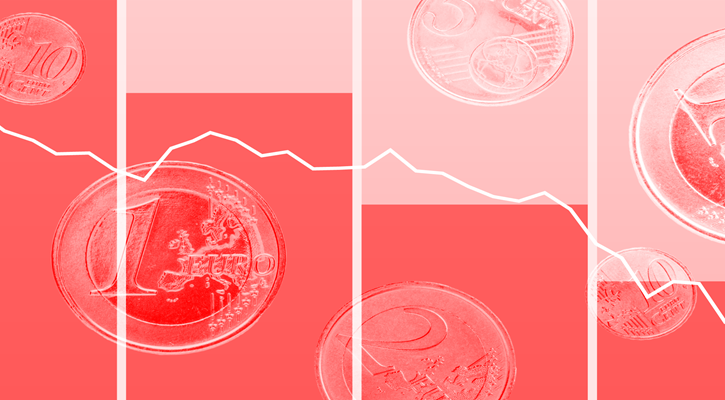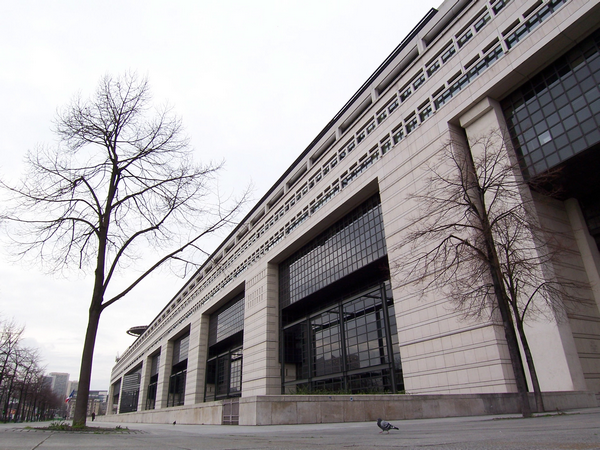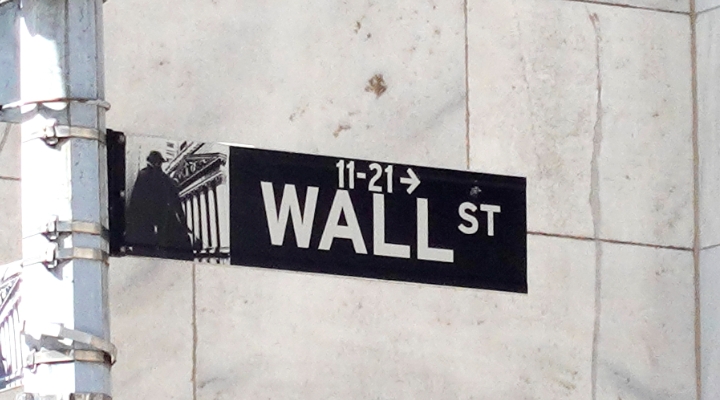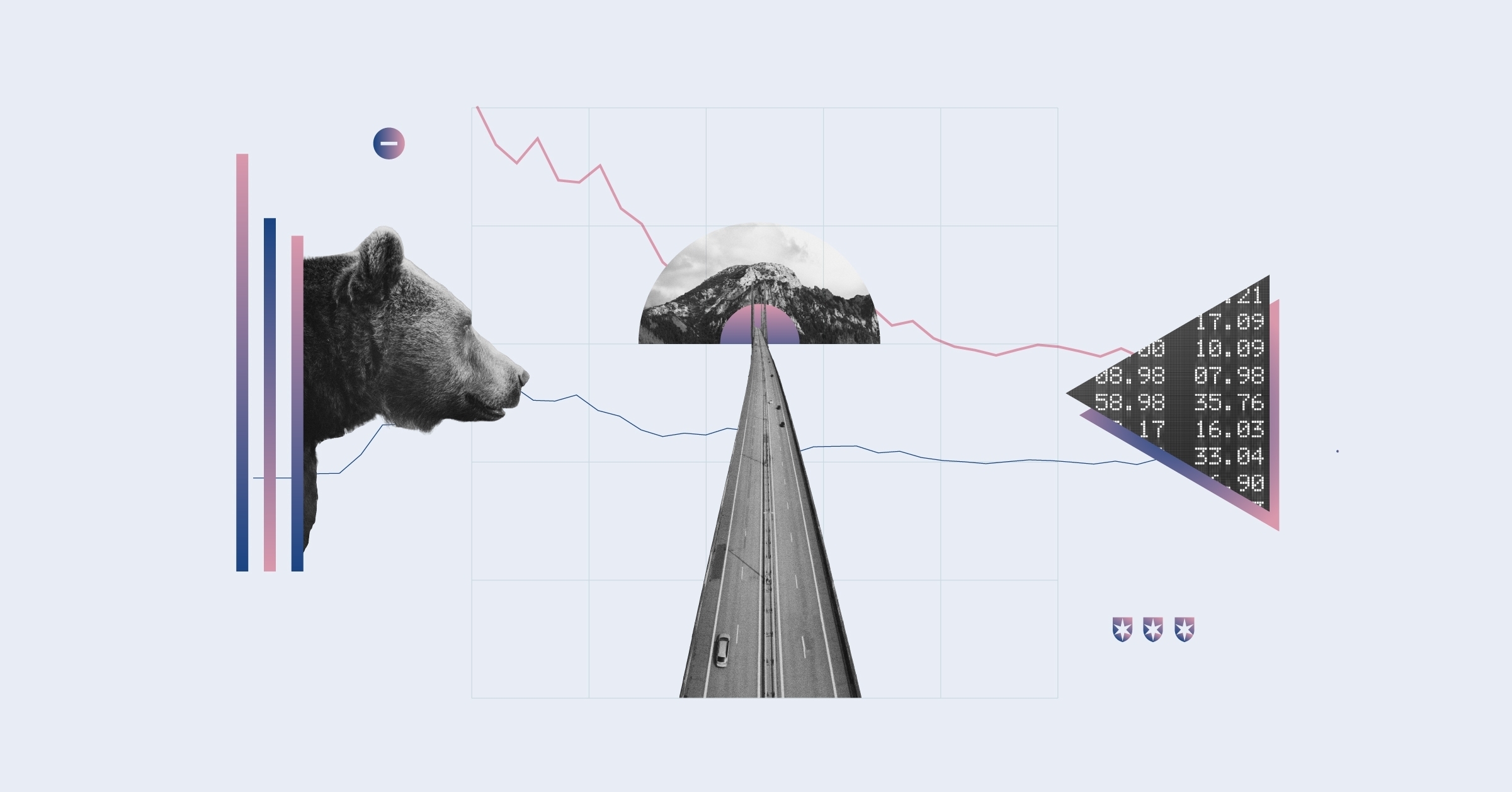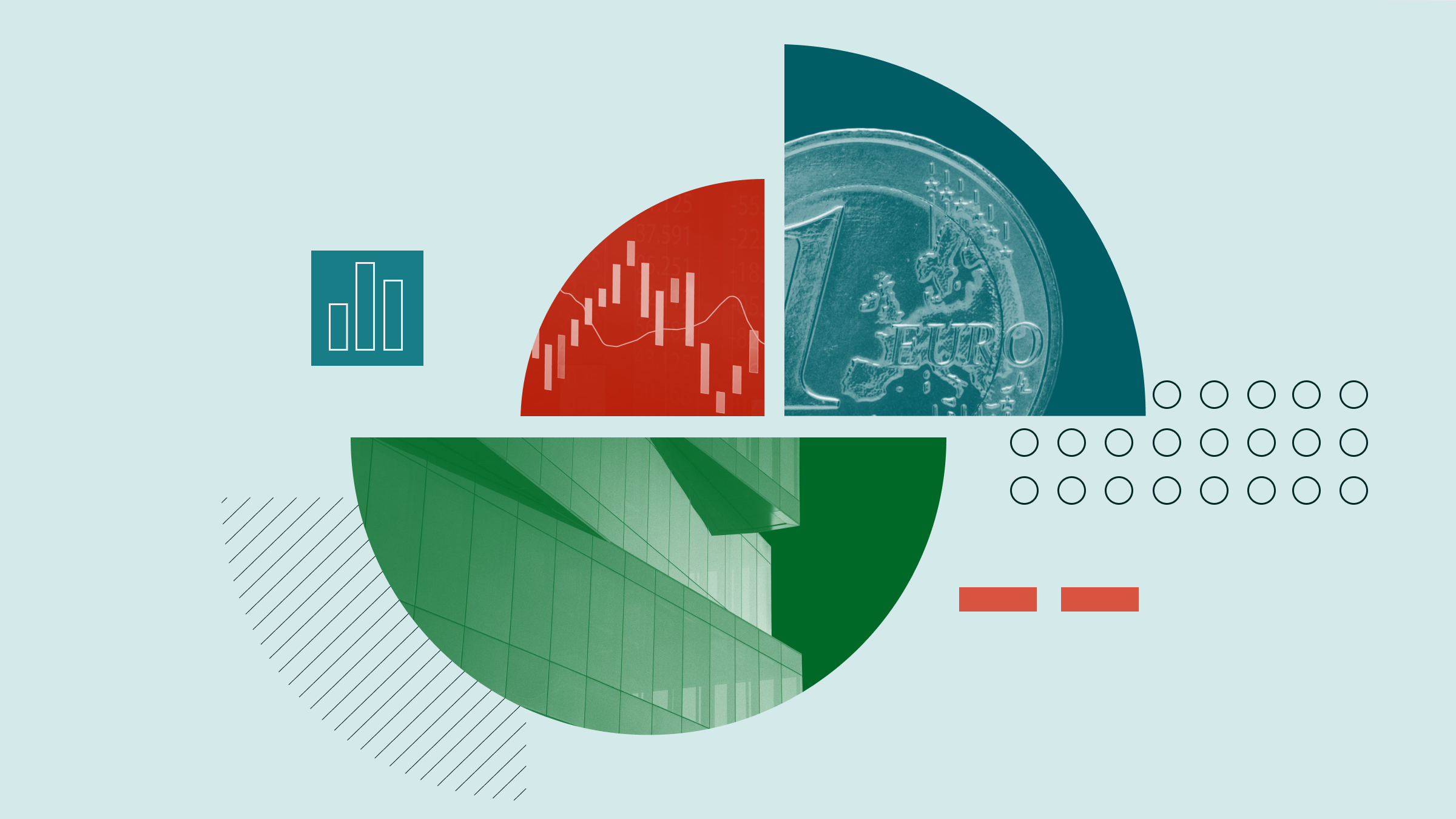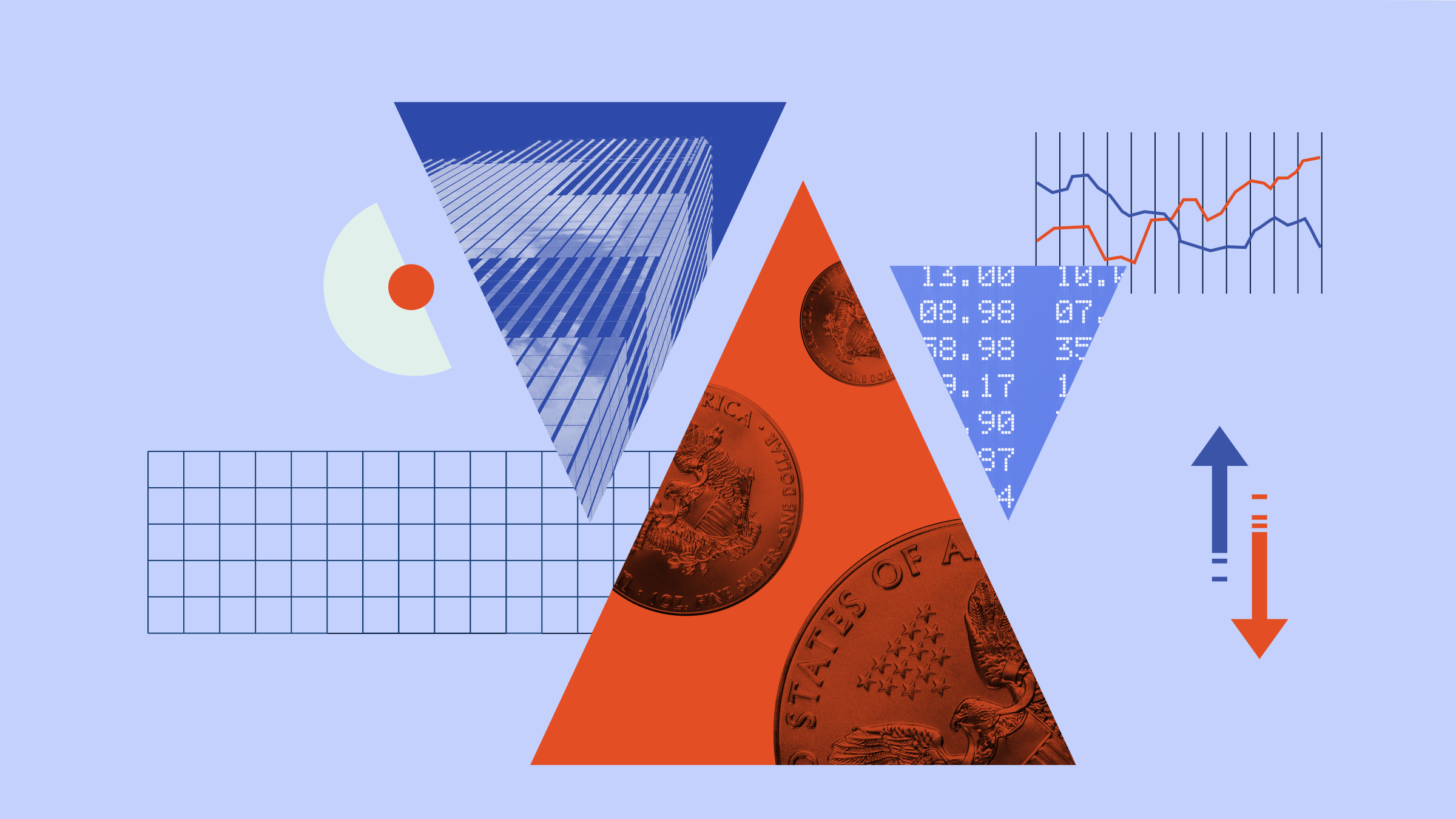TRANSCRIPT
Bob Johnson: Over the next several weeks, the airways will be filled with stories and bold economic projections for 2016, and we'll add our own data to that mix. However, before we look at 2016, I think it's important to look at how the forecasters did in 2015.
We do that by looking at some Wall Street Journal consensus data that was available as of December 2014, and compare that to what actually happened in 2015. Now, the percentages and dollar prices make them all not directly comparable. But the general theme is that economists overestimated the economy across a broad range of economic indicators.
First of all, the overall GDP forecast was projected to grow at 2.9%; now it looks more like 2.2%-2.4%. Certainly, that set the tone for a lot of the rest of the data in the report.
Economists overestimated all the indicators except for one thing: home prices. Home prices will end up for the year, increasing by more than 5%. Forecasts were expecting prices to go up about 3.5%. So, they missed that one by quite a bit. Why did that happen? Housing starts were weaker than expected by about 10%, and that meant there was less supply of homes, and that caused the prices of the housing that was out there to go up.
The biggest misses were on interest rates. The Fed funds rate we thought would be close to a 1% by the end of the year. It looks like it's going to be about 0.35% or so. Clearly, that's one of the bigger misses, but that falls out of lower-than-expected inflation, lower-than-expected growth. Forecasts for bond rates were also too high, falling out of those same set of circumstances. Oil prices were another one of the big misses. Economists thought oil would be over $70 a barrel by now, on average, and it turns out oil will be somewhere in the $35-$40 range.
As we look at the data going ahead, economists continue to be relatively optimistic--not as optimistic as they were at the end of 2014. But we're thinking 2.6% overall economic growth, at least that's what most economists are thinking, which would be a big improvement from what we saw in 2015. But remember to take that with a grain of salt, given the results we saw in 2015.







